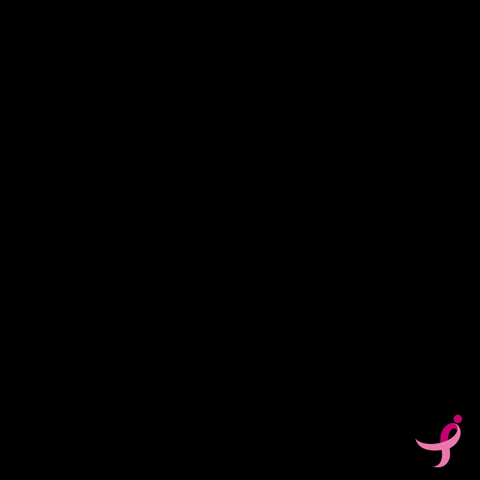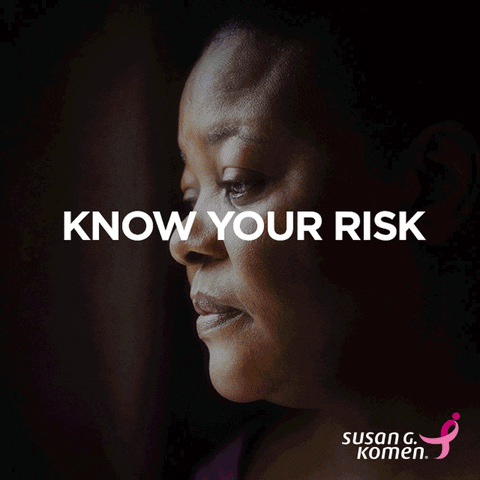Each year, more and more young women are being diagnosed with breast cancer at a young age. Early diagnosis is key to survival; timely screening has shown to reduce the breast cancer mortality rate by 33%.
No matter what your age, you need to be aware of the early signs of breast cancer and the factors that put you at risk. Since October is Breast Cancer Awareness Month, we reached out to Dr. Mandar Nadkarni, Oncoplastic Breast Cancer Surgeon at Kokilaben Dhirubhai Ambani Hospital in Mumbai, to shed light on this important topic. Scroll down to read his inputs on things every woman should know about breast cancer.
1. What Is Breast Cancer?
Cancer is a disease characterised by uncontrolled growth and spread of abnormal cells, which can result in death. Worldwide, breast cancer is the most frequently diagnosed life-threatening cancer in women and the leading cause of cancer death among women.
Breast cancer usually starts in the inner lining of lactiferous ducts or from the lobules that produce milk. From there, it can spread to other parts of the body. It usually spreads—first to the lymph nodes which are present in the armpit and if neglected, it can spread to bone, lung, liver and brain.
Although rare, breast cancer can also occur in men.
2. Incidence Of Breast Cancer In India
Based on the data by the National Cancer Registry Programme of Indian Council of Medical Research:
- Breast cancer is the most common cancer in women in India and the world.
- The incidence of breast cancer is increasing overall. The projected incidence of the disease for the year 2020 is 1 in 29 i.e. one in 29 women will develop breast cancer in India.
- Indian women present at a younger age in their 40’s and 50’s. In the last 25 years, increasing numbers of patients are seen between the ages of 25 and 40.
- Almost 48 % of all diagnosed breast cancer patients are below 50 years of age. Incidence of breast cancer has increased from 7% to 16 % in the age group of 30 -40 years of age.
- The highest burden of breast cancer was observed in metropolitan cities.
- About 57% of patients are diagnosed at an advanced stage.
- There is reduced survival seen in Indian women compared to the rest of the world due to ignorance and lack of awareness. Out of every 100 women with breast cancer in the USA, 95 women are likely to survive for at least 5 years. On the contrary, 5 years of survival for breast cancer in women in India is not even 60%.

3. Early Signs And Symptoms Of Breast Cancer
The most common presentation of breast cancer is a hard painless lump in the breast. Patients can also present with bloody or clear nipple discharge and nipple retraction. Sometimes, it can present as scaling and itching of the nipple. Although rare, breast cancer can present as redness and swelling of the breast with or without the lump in breast called as inflammatory carcinoma of the breast. The patient can also have a lump in the axilla of the same side.
4. Risk Factor And Causes Of Breast Cancer
There are multiple risk factors that lead to breast cancer development.
- Obesity
- Early-onset of menses
- Late menopause
- Late age at first pregnancy
- Nulliparity (issueless)
- Hormone-replacement therapy for menopause
- Prior radiation therapy
- Family history of breast or ovarian cancer
- Absence of breastfeeding
Early-onset breast cancer, i.e. 40 years of age, bilateral breast cancer and male breast cancer are usually related to genetic mutations which are carried forward in families. For example, BRCA 1 and 2. Hence, these patients require BRCA 1 and BRCA 2 genetic testing.

5. Diagnosis And Screening Test
It’s recommended to start screening for breast cancer from age of 40 years with annual mammography. Women with a significant family history of breast-ovarian cancer require screening at an early age.
Diagnosis of breast cancer is done by clinical breast examination, sonomammography and sono-guided biopsy. The biopsy specimen is tested for estrogen receptors, progesterone receptors and HER2 receptors. These receptors have implications in further treatment of breast cancer.
Metastasis, that is spread of breast cancer can be diagnosed by Positron Emission Tomography scan (PET scan) or a CT scan of chest, abdomen, pelvis along with a bone scan.
6. Treatment
Treatment of breast cancer (as like most cancers) is trimodality, which consists of surgery, chemotherapy and radiation therapy. Most patients require hormonal therapy for a long duration between seven and 10 years, based on receptor status.
Surgery
It is the treatment of choice to completely remove the tumour in the early stages of breast cancer. However advanced breast cancers need prior chemotherapy (with or without targeted therapy) before surgery. Whereas medical management is the treatment of choice for metastatic breast cancer.
Surgery can be breast-conserving or mastectomy (removal of the breast) based on the patient’s will and tumour characteristics. Breast-conserving surgery means removing the tumour along with 1 centimetre of the normal tissue, attending the armpit nodes and postoperative radiotherapy. This surgery is the gold standard for early breast cancer since 1990. Breast reconstruction is possible at the same time as the tumour removal surgery and gives excellent results.
Post-surgery options of chemotherapy, targeted therapy or radiation therapy are started based on the initial stages of the disease and the final histopathology report.
Chemotherapy
Chemotherapy in breast cancer is based on multiple factors and the final histopathology report. It is taken in every two to three weeks, continues for three to four months, and it is the most enduring part of all treatment modalities. Some early breast cancer patients need not go for chemotherapy and it is decided by the genetic test done on the tumour, that is Oncotype DX. However, with proper care and support, 99% of women complete treatment.
Radiation Treatment
It is started post-chemotherapy in two to three weeks and continues for three to four weeks. It is given every day for a half an hour period for five days. A patient’s undergoing breast-conserving surgery always require radiation. Very old patients are mostly not given radiation therapy.
Hormonal therapy is started along with radiation therapy in most women based on their receptor status and is continued for seven to 10 years.
All patients need to follow up every three months for the first two years, then every six months for the next three years, followed by a yearly follow-up.

Dr. Nadkarni says,
India needs a nationalised breast screening programme rather than the existing opportunistic breast screening. Breast self-examination on a monthly basis and awareness of all presenting features of breast cancer should be taught to all women by grassroots healthcare workers, gynaecologists and general physicians.
Is there something you would like to understand about breast cancer? Please share it with us in the comments below!
Join Malini’s Girl Tribe on Facebook to be a part of more such conversations!

